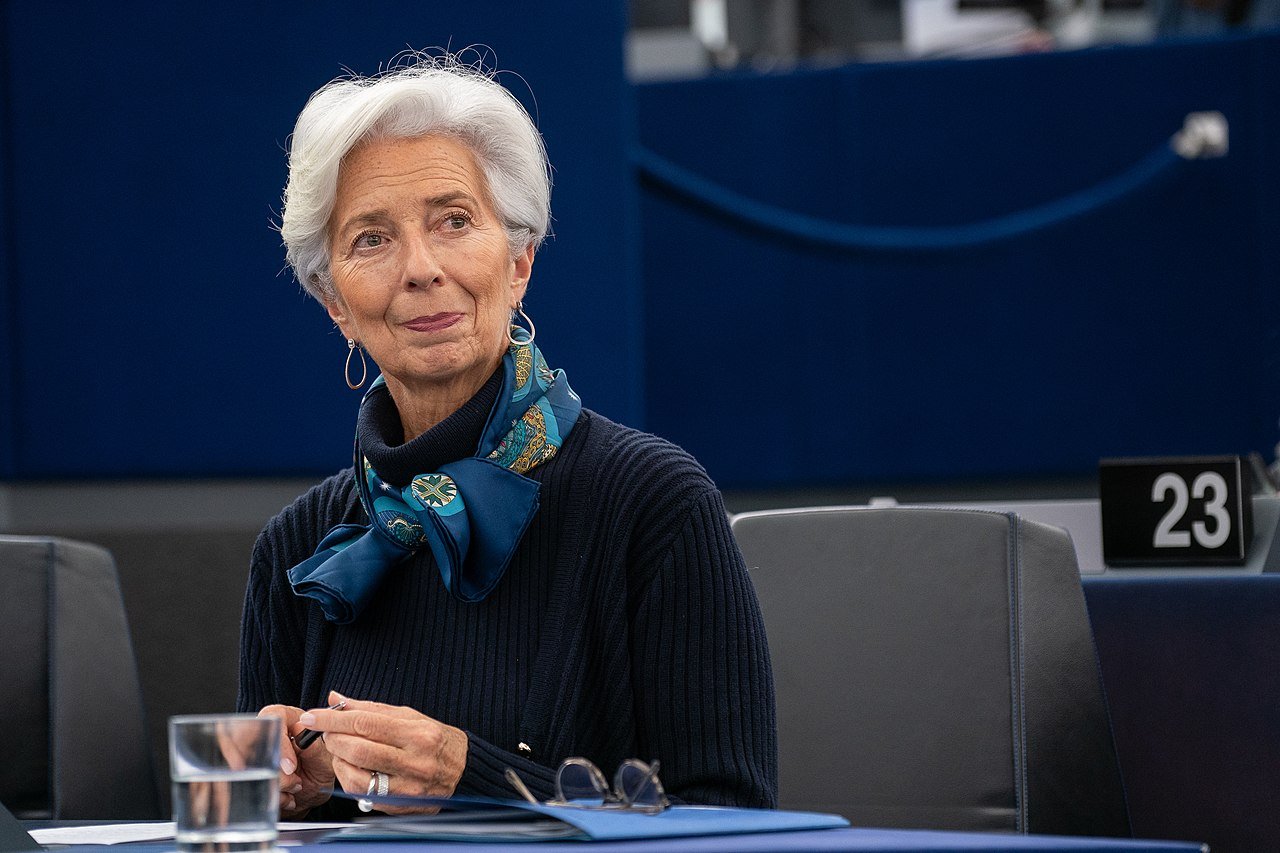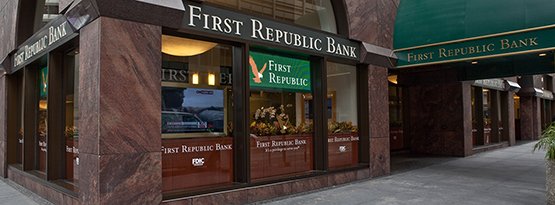Whether they admit it or not, the US Federal Reserve has been left juggling priorities of whether to ensure banking sectors and credit markets are solid or to continue fighting inflation, which remains high all over the world, and 6% year-over-year in the US.
Following the collapse of three regional banks, US investors received a higher-than-expected consumer price index report, and stronger-than-expected job reports, indicating that the Fed’s mission to reduce historically high and stubborn inflation would traditionally mandate additional increases in the benchmark national interest rate.
However, the banks’ collapse is taken as a sign that even if interest rates don’t go higher but remain at 4.75%, more overleveraged banks (there are 4,000 in the US) might be caught with their pants down if depositors begin withdrawing at speed.
The European Central Bank plowed ahead with a meeting Thursday the 16th of a 50 basis point rate hike, bringing the Eurozone to 3.5%. The ECB has advanced slower along the path towards the same goal of tackling inflation.
The Euro had its own banking jitters after Credit Suisse, the largest bank in Switzerland, needed liquidity but received none from its lead shareholder. sparking fears of more widely spread bank insolvency following the collapse of Silicon Valley Bank last week. On Wednesday it secured a $54 billion bailout from the Swiss National Bank, which eased tension.
Further rate hikes, said ECB President Christine Lagarde, will depend on future economic data.
If you think the stories you’ve just read were worth a few dollars, consider donating here to our modest $500-a-year administration costs.




